The Basics
Developed and published by Motion Twin, Dead Cells is a RPG roguelike hybrid with a heavy emphasis on dungeon crawling and platforming. With an initial release date of May 10, 2017, the game had been in early access for approximately one year before finally releasing on August 7, 2018. Drawing inspiration from games such as Castlevania, Metroid, and The Binding of Isaac, Dead Cells delivers fast paced action in a new, yet nostalgic package.
Story & Flow
The game opens with a mass of green goo controlling a recently beheaded corpse and a simple objective: escape the dungeon you've found yourself in. Initially, not much is revealed about the main character or the world in which they reside, but there are small, secret areas in the dungeons that can be investigated, which reveal tidbits of information regarding the inhabitants of the dungeon. While not the strongest aspect of Dead Cells, the medieval, fantasy lore of the game builds upon the atmosphere and enemies for an enjoyable, interesting setting.
Dead Cells operates on a very simple set of movements and input commands, and that simplicity works to its benefit. The game is fast paced and platform-centric, and each dungeon is filled with diverse enemies and environmental hazards, as well as hidden collectibles and secrets. Each enemy has a different method of attack, forcing you to always be on your guard and think on the fly when encountering new enemies. In true RPG fashion, you are able to pick up new weapons from fallen enemies and chests, or you can purchase them from the shopkeeper. Dead Cells' various weapon types fall into three categories: Brutality, Tactics, and Survival. Brutality consists of melee weapons, Tactics deals with ranged weapons, and Survival is comprised mainly from shields. In unique instances, weapons will have more than one category, allowing for a variety of loadouts and fighting styles, which adds even more nuance and depth to the already layered combat. Players can improve their stats if they manage to find a scroll of power, which will increase their effectiveness in one of the three categories. Overall, Dead Cells gives players a lot of creative freedom to experiment with different weapons and gear and combat is a blast.
Dead Cells takes RPG and roguelike elements and develops them further, bending these staples to its own game design in interesting ways. Typical RPGs are not meant to be played through quickly, often requiring a thought-out plan of attack or tedious backtracking. Roguelikes are also not known to be fast paced, usually implementing turn-based gameplay or combat. Having both the expansive world and the arsenal of an RPG coupled with the unpredictable dungeon crawling of roguelikes, Dead Cells adds an additional element to the formula: speed. Attacking enemies can be done very quickly, but your enemies are often pretty speedy themselves, so landing those well timed strikes or blocks can mean the difference between the next boss or another restart. Consistently getting kills grants you a speed boost that allows you to outrun most enemy projectiles, and traversing through a dungeon quickly rewards players with secret timed rooms and collectibles.
Graphics & Sound
Paying homage to the RPGs and roguelikes of old, Dead Cells chooses a pixelated appearance, making the most of vibrant color combinations and harmonious synthesizers as you make your way through each treacherous dungeon. Being relatively low-end in terms of graphical demand allows the game to be run on practically any set up. Beyond that, the game is well optimized, managing to run smoothly with more than half a dozen enemies on screen. Each area also has its own distinct soundtrack, making every stage feel fresh. Despite having procedurally generated levels and having to go through them a multitude of times before defeating the next boss, Dead Cells keeps gamers hooked in visually and audibly.







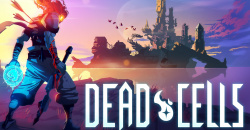
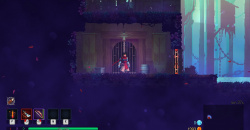

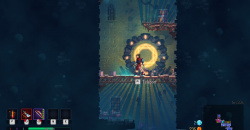
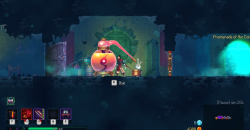
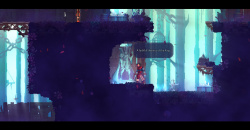
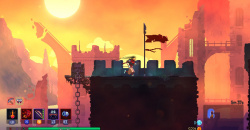
Please could i have one
give me
sss
-
gd